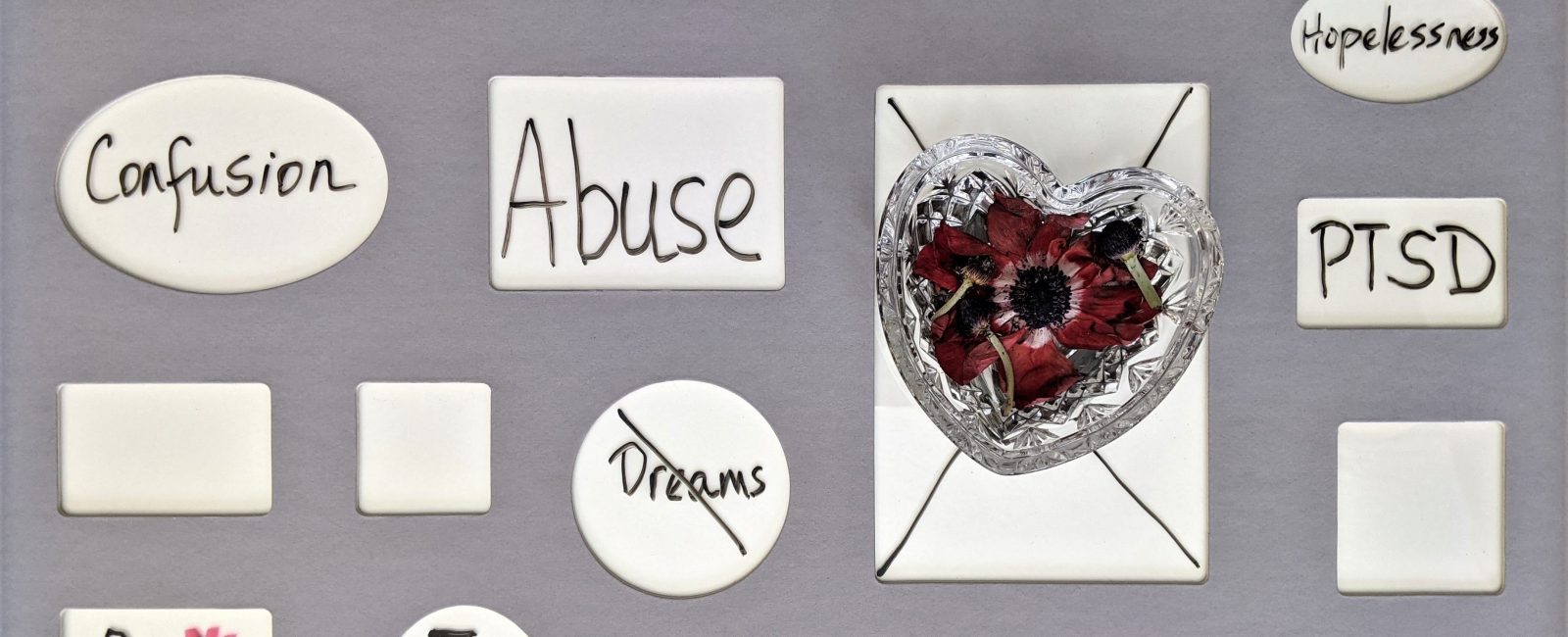Have you ever gone through an unforgettable, scary experience? You might have had chronic symptoms, including nightmares, hypervigilance, anxiety, panic attacks, and self-destructive behaviors. Suicide is a possibility sometimes because of these overwhelming symptoms. If so, then it’s likely that you have post-traumatic stress disorder—PTSD. The prevalence of PTSD is high. According to the US Department of Veterans Affairs, about six out of 100 individuals have PTSD.
These traumatic experiences can shape your nervous system. Experience teaches your nervous systems how to function. So, if you have experienced trauma, you have likely learned to live in survival mode. Luckily, there are ways to cope with this condition. Professional trauma treatment can help you overcome these challenges. However, while you are going through recovery, these practical PTSD tips in this post will help ease the pain. Let’s dive in.
Using Cannabis For PTSD
Patients with PTSD have long said that cannabis helps relieve their symptoms. Despite mixed research results, many PTSD patients say that cannabis helps them. New research shows the biological mechanisms involved. It shows that cannabinoids may help treat post-traumatic stress disorder.
One study determined that cannabis reduces the activity of the amygdala—a part of the brain involved in fear responses to threats. The second suggested that cannabis may help ward off traumatic memories because of its cannabinoids.
These studies suggest both effects can help those with PTSD. Among the best ways to administer cannabis is through inhalation. Studies have shown that inhaled cannabis reduces symptoms of PTSD by over 50%. Therefore, it would help to use personally curated THC disposable products for the best results.
Seek Support From Others
PTSD can leave you feeling detached from the world. You might withdraw from loved ones and social activities. However, it’s crucial to stay in touch with the people who matter to you. It is unnecessary to speak about the trauma if you don’t want to, but you will need other people’s support and companionship to recover from it.
Engage in uninterrupted communication with a friend. An unbiased ear will listen without taking sides, criticizing, or interrupting you. It could be a loved one, a family member, a friend, or a therapist.
Playing Video Games
You’ve heard the tales. There is a widespread belief that video games make people violent or a waste of time. It is a belief that many people share. However, many people have also discovered a new appreciation for them in recent years. According to a 2017 study, some computer games helped veterans with PTSD experience fewer symptoms.
In a similar study, researchers found puzzle games, such as Tetris correlated with trauma work. Within 24 hours of a traumatic event, playing the game reduced the number of intrusive thoughts one experienced. A 2019 study also found that Tetris may ease flashbacks related to PTSD. It could help ease recurring visual memories of traumas for those who have post-traumatic stress disorder—PTSD. PTSD patients could use it as a therapy tool.
Get Moving
Besides improving your mood and outlook, exercise can help you cope with PTSD. With movement, your nervous system can be “unstuck” and come out of the immobilization stress response by noticing your body and how it feels as you move.
Engage your arms and legs in rhythmic exercises like walking, swimming, running, and dancing. Focus on how your body feels rather than your thoughts. Think of how your feet feel hitting the ground. Or feel the wind on your skin and the rhythm of your breathing.
Consider Eye Movement Desensitization and Reprocessing—EMDR
Those with PTSD may lower distress levels by recalling an event while making specific side-to-side eye movements through EMDR. Such eye movements allow them to feel, behave and think more positively. Researchers have extensively studied EMDR therapy to help you cope with trauma and other distressing conditions, like PTSD.
Our brains have a natural recovery process responding to traumatic memories or events. This process involves communication between:
- The amygdala—a stress response area,
- The hippocampus—is responsible for learning, storing memories about danger, and
- The prefrontal cortex—evaluates and influences behavior and emotion.
Sometimes your brain can handle and resolve traumatic experiences spontaneously, but it may not process them without help.
Fighting, fleeing, or freezing are all natural responses to stress. An upsetting event’s distressing images, thoughts, and emotions can create the overwhelming sensation that you are back there at that moment. EMDR therapy assists in the processing of these memories and promotes routine healing. You will still remember the experience, but your fight, flight, or freeze responses from the original incident will go.
Maintain a Healthy Lifestyle
You must take good care of yourself and adopt healthy lifestyle habits to avoid the symptoms of PTSD. You can maintain a healthy lifestyle to help with PTSD by:
- Relaxing: Yoga, meditation, deep breathing, and massage are effective techniques for relaxing the body and easing PTSD symptoms.
- Avoiding alcohol and drugs: Substance abuse can make PTSD symptoms worse, interfere with treatment, and contribute to relationship problems.
- Eating a healthy diet: Eat nutritious, balanced meals to keep your energy levels high and your brain functioning correctly throughout the day. Omega-3s are essential for emotional health, so eat foods like fish, flaxseed, and walnuts.
- Get enough sleep: Anxiety, irritability, and moodiness are all symptoms of sleep deprivation. Attempt to get 7 to 9 hours of sleep a night.
Consider Cognitive Processing Therapy—CPT
Cognitive processing therapy—CPT is a cognitive-behavioral treatment that focuses on treating traumatized people stuck in their thinking. The cognitive-behavioral therapy theory assumes that PTSD symptoms arise from a conflict between pre-trauma assumptions about the self and the world and post-trauma information.
For instance, pre-trauma beliefs might be that the world is safe and nothing will harm you, while post-trauma information might point to the dangerous world. These conflicts are “stuck points,” and various techniques like CPT might solve them.
CPT can help you deal with PTSD and trauma by changing negative and unhelpful thoughts. Addressing these sticking points will reduce your symptoms and teach you healthier coping methods.
Conclusion
Many people go through a traumatic experience that leads to PTSD. The accompanying effects can be chronic and might even lead to suicide. Therefore, it would help to try these seven realistic tips to help you with PTSD. You could consider using cannabis, seek support from others or try the EMDR approach. Whatever choice or combination of options you choose, it’ll improve your life for the better.





